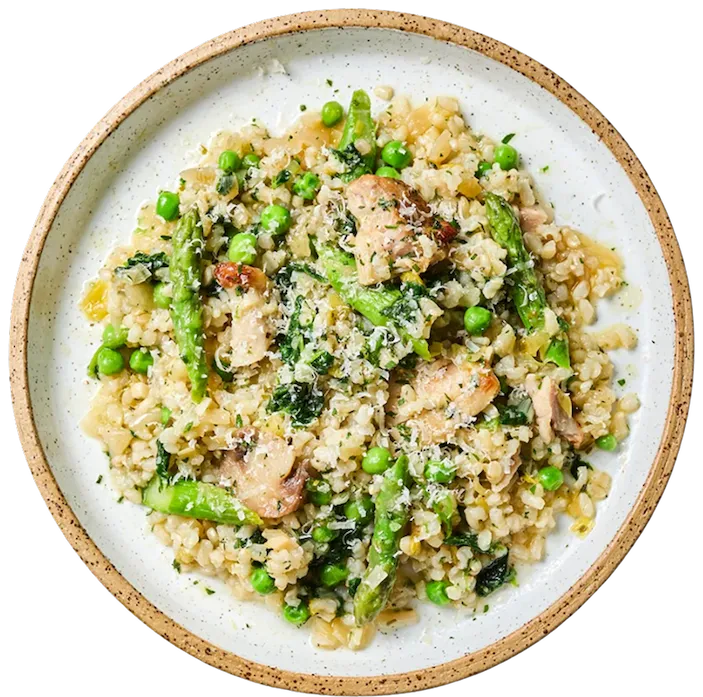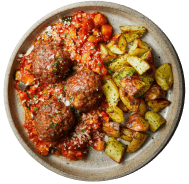Aubergine
Aubergine: Nutritional Profile, Health Benefits & Cooking Tips
Aubergine is one of our favourite ingredients, as they are key source of antioxidants and can help support heart health and blood sugar control. Read on to learn what minerals they contain and how to best incorporate aubergine into your diet.
Along with tomatoes, potatoes and bell peppers, aubergines belong to the nightshade plant family. Often considered a vegetable, aubergines are technically a fruit as they grow from a flowering plant and contain seeds. Aubergines with deep purple skin are most common, however they can be white, green and even black.
Rich in
- Potassium
- Phosphorus
- Magnesium
- Calcium
Key health benefits
- Source of antioxidants: Aubergines are a rich in anthocyanins which are a type of antioxidant. Nasunin is the anthocyanin which is responsible for the deep purple colour skin. This antioxidant in particular has been found to protect the fats that make up brain cell membranes. These membranes allow nutrients in and out and receive instructions from messenger molecules which then instruct the cell what to do (1, 2).
- May help manage cholesterol levels. Some animal studies have found that aubergine may improve heart function by reducing “ bad”( LDL) cholesterol and triglyceride levels. These effects are likely due to the fibre as well as the antioxidant content of aubergines (3).
- Support heart health. Beneficial compounds like nasunin and chlorogenic acid help dilate blood vessels therefore helping lower blood pressure. Maintaining a good blood pressure is vital for a healthy heart (4).
- May help manage blood sugar control. Adding aubergine to your diet may help keep your blood sugar in check. This is primarily because aubergines are high in fibre. Fibre helps slow the rate of digestion and absorption of sugar in the body which keeps blood sugar levels steady (5).
Cooking tips
- Aubergines are incredibly versatile and can be easily incorporated into your diet. They can be baked, stuffed, added to curries and stews, roasted, grilled and sautéed.
- Adding a pinch of salt to both slides of eggplant slices and letting them sit on the counter for up to an hour draws out excess moisture
related content
more content: Hero Ingredients
browse our ranges.
choose from one of our ranges or personalise your own menu from 60+ meals.
- low FODMAP

- eat well, live well programme

- gluten free

- high protein

- weight management

- ibs

- lowest calorie

- lower carbs

- mediterranean

- smaller range

- pcos

- lean + lighter

- menopause

- heart healthy

- plans

- full menu

- gift cards
- take the quiz